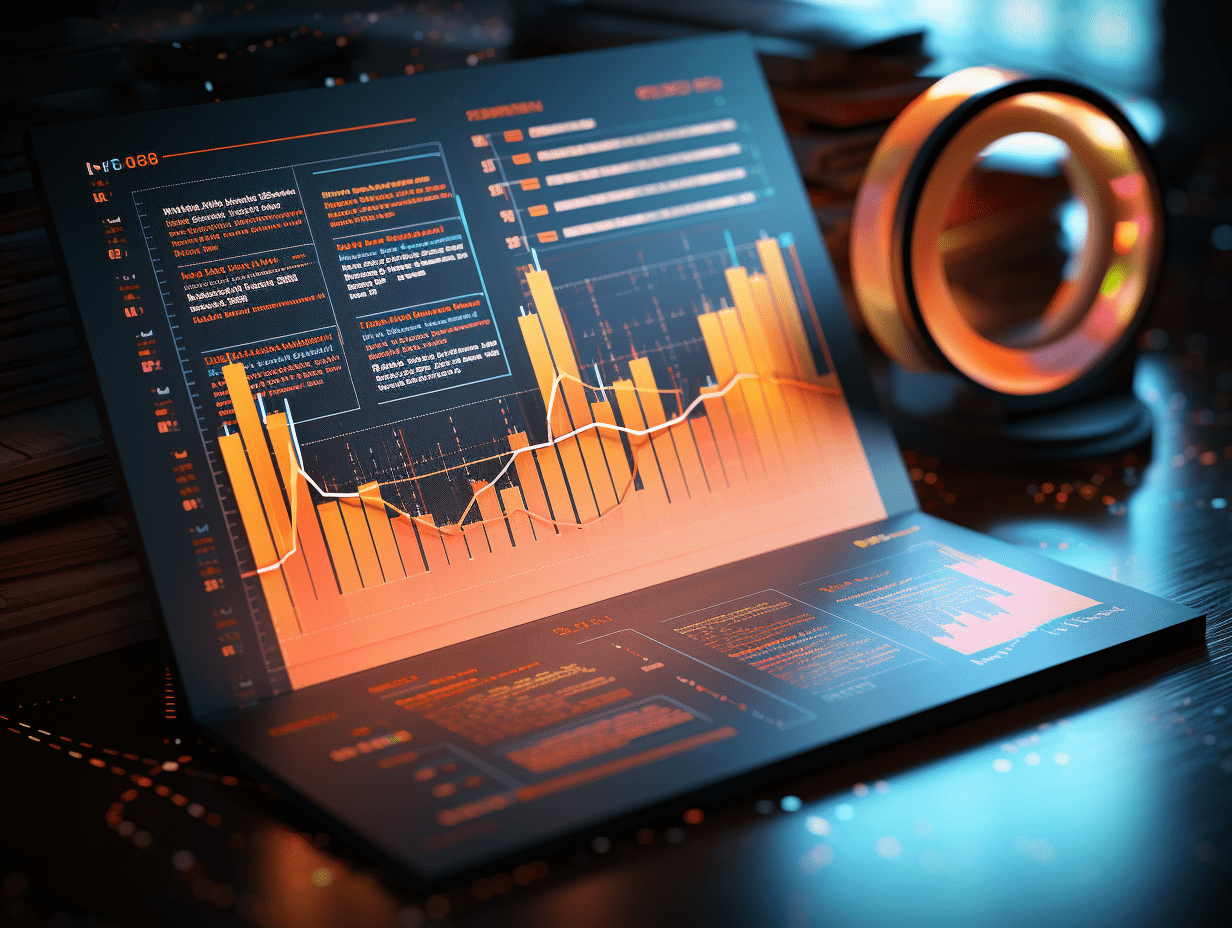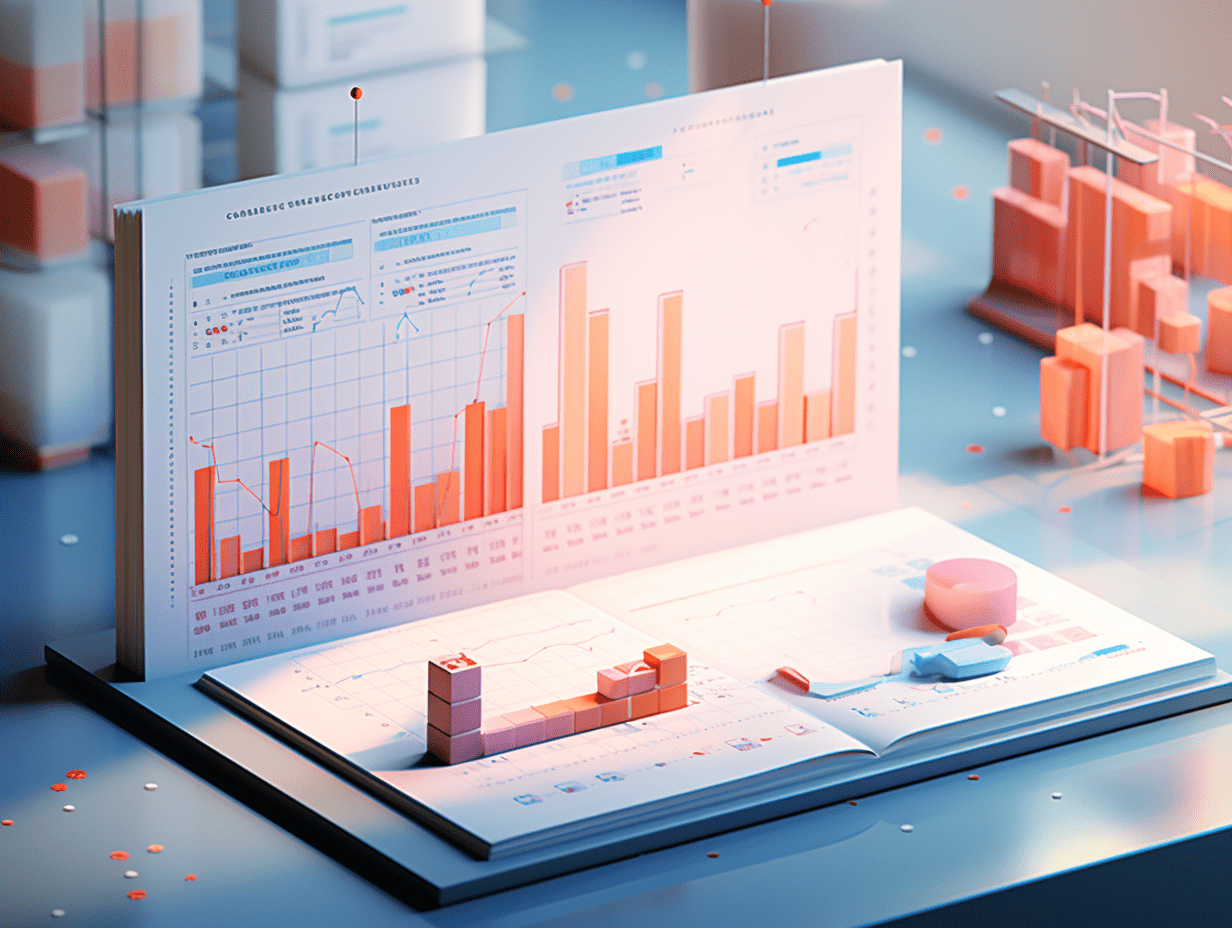The U.S. convertible bond market has shown strong performance this year, outperforming U.S. stocks and high-yield bonds.
The performance of the convertible bond market in the United States is impressive, making it one of the strongest performing asset classes this year.
The performance of the US convertible bond market is impressive, becoming one of the strongest performing asset classes this year. With the support of raw materials, technology stocks, and a series of growth companies, the overall return of convertible bonds has surpassed most major asset classes.
According to the ICE BofA US Convertible Bond Index, as of last Friday, the cumulative return rate of convertible bonds this year is approximately 14%, higher than the 13% return of the S&P 500 Index during the same period. Meanwhile, the S&P MidCap 400 Index rose by 5%, and the S&P SmallCap 600 Index rose by 4%. At the same time, the return rate of major high-yield bond ETFs, such as the iShares iBoxx USD High Yield Corporate Bond ETF, was 7%.
The two largest convertible bond ETFs have performed even better. The SPDR Bloomberg Convertible Securities ETF (CWB.US) with assets under management of $4.4 billion has risen by 15% this year. The iShares Convertible Bond ETF, with assets under management of $2.8 billion, has seen a 16% increase. Both funds hit a 52-week high in early trading on Tuesday. Analysts point out that 2025 is one of the best years for convertible bonds in terms of absolute and relative performance in nearly a decade. Normally, convertible bonds provide lower returns than stocks in an upward market trend, as they are designed to capture most of the gains in the underlying stock while protecting investors in a downturn. However, in 2024, the ICE BofA Convertible Bond Index only rose by 11%, significantly lagging behind the 25% increase in the S&P 500 Index. The reversal this year is particularly notable.
Michael Youngworth, head of convertible bond research at Bank of America Corp Securities, said, "Convertible bonds in 2025 are one of the leading asset classes, outperforming stocks and high-yield bonds. They have benefited from the rise of high-beta stocks." High-beta stocks have higher volatility and usually rise faster in an up market. This year's market performance has been driven by convertible bonds issued by companies such as Bloom Energy (BE.US), MP Materials (MP.US), and Boeing Company (BA.US). Boeing Company's convertible preferred stock, issued last year, has risen by about 40% since its debut, benefiting from a significant rebound in Boeing Company's stock price. Additionally, Alibaba Group Holding Limited Sponsored ADR (BABA.US), as one of the largest overseas issuers, has seen significant increases in both stock price and convertible bond price this year, with the company recently completing a $3.2 billion convertible bond issuance.
Currently, the size of the US convertible bond market is approximately $325 billion, but retail investor participation remains low. The complex product structure is a major obstacle for individual investors, and most financial advisors are not familiar enough with the market. The market is mainly dominated by institutional investors, particularly arbitrageurs, who engage in arbitrage by buying convertible bonds and shorting the issuer's common stock. With credit spreads narrowing this year, convertible bond arbitrage strategies have performed well. Most convertible bonds trade in the over-the-counter market, similar to regular bonds; while some convertible preferred stocks, such as Boeing Company's large issuance, are listed on the New York Stock Exchange or Nasdaq, closer to the liquidity of stocks.
According to Bank of America Corp research data, convertible bond issuance in the US has reached $75 billion so far this year, and is expected to exceed the $84 billion in 2024 for the full year. The largest new issuances in 2025 come from companies such as DoorDash (DASH.US), GameStop Corp. Class A (GME.US), Super Micro Computer, Inc. (SMCI.US), and Strategy (MSTR.US). Youngworth describes the current market in a client report as a "Goldilocks" period - a perfect combination of low interest rates, tight credit spreads, and high volatility. He notes that the current market pricing is at its most aggressive level in three years, with nearly 50% of issuances being zero coupon. More concerning is that over half of this year's global issuances are for convertible bonds with "no specified use of proceeds," only for companies' day-to-day operations or expansion, marking the first occurrence since the financing frenzy during the pandemic. The current average interest rate in the market is 2%, with an average conversion premium of around 35%.
While convertible bonds have performed impressively this year and provided unprecedented financing convenience for issuers, analysts caution investors to remain cautious. With rising valuations and an increase in zero coupon trades, future risks may increase. In the long term, convertible bonds, as a hybrid tool of stocks and bonds, historically have provided significantly better returns than the bond market while tracking the stock market, and are expected to continue to be an important component of diversified investment portfolios.
Related Articles

European Central Bank governing council: Uncertainty still exists, need to "maintain flexibility" in interest rate policy.

AI ignites the bull market frenzy, chip stocks rise for nine consecutive days! Philadelphia Semiconductor Index sets longest consecutive rise record since 2017.

GPIF first invests in Japanese alternative investment funds, with 50 billion yen allocated to real estate and data centers.
European Central Bank governing council: Uncertainty still exists, need to "maintain flexibility" in interest rate policy.

AI ignites the bull market frenzy, chip stocks rise for nine consecutive days! Philadelphia Semiconductor Index sets longest consecutive rise record since 2017.

GPIF first invests in Japanese alternative investment funds, with 50 billion yen allocated to real estate and data centers.






